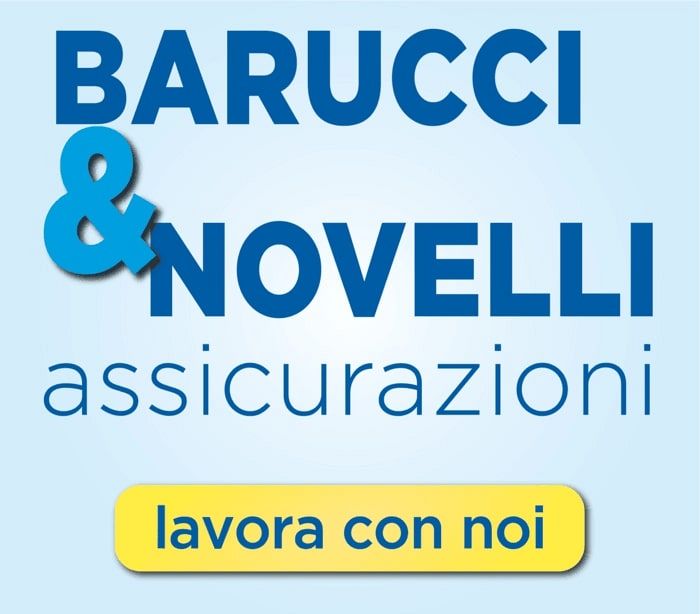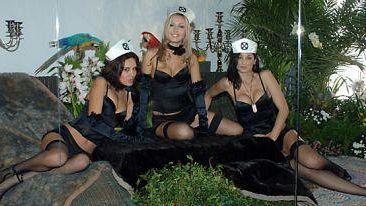Florence, 21 June 2006- Strong signs of recovery in foreign demand are, in fact, compensating for both the new jump ahead in imports (+ 10.5%) and enduring stagnation on the domestic market.
Not so positive (- 5.9%), instead, the results on the production front (total revenue minus the datum for revenue deriving from marketing activities), where we in fact see considerable deterioration with respect to the anything-but-brilliant results obtained in the preceding two-year period.
The structural indicators shown in Table 1 point up the progressive increase in the weight of exports (and of extra-EU sales in particular) in determining sector results: in 2005, almost 61% of sales were made outside of national borders; this datum places men’s clothing high in the ranking of export-oriented sectors, not only in the Italian fashion system but in Italian manufacturing industries in general.
In the same manner, however, increasing shares of domestic demand - those most sensitive to the price factor - are by now being satisfied by imported products (both in large-scale distribution, which by now controls 18% of the Italian retail market, and by the producers themselves, who now manufacture about 20% of their products abroad). The overall sector export balance for 2005 was positive. At the country-by-country level on the first ten export markets for Italian products, only flows to Switzerland, the United States, and Germany (which together absorb about 40% of total exports) continued to backslide (- 2.9%, - 4.0% and - 4.3% respectively).
In all the other major foreign marketplaces we instead saw recovery, and sometimes even a very strong upswing. Of particular note:
+ 2.6% in France, even in a context in which overall consumption of men’s clothing was stagnant (+ 0.3%) due to a less-than-brilliant evolution of the macroeconomic picture and the effects of one of the clearest instances in the entire EU of consumers’ turning from fashion to other consumer genres;
+ 10.7% in the United Kingdom, where the Italian companies intercepted a significant share of the overall increase in clothing consumption;
+ 29.4% in Spain, the most dynamic of the EU markets in 2005, on which results for men’s clothing were clearly superior to those for other products, which however also did quite well;
+ 30.8% in Japan, a market that has finally gained positive momentum following a very long crisis period;
+ 15.4% in Russia, a market on which 60-80% of demand is still covered by imported products, where Italy holds second position (behind China) in the ranking of major suppliers and where the leadership of the Italian companies (which are increasingly active in retail as well) is still unchallenged in the high end of the range.
On the incoming flows front, imports of men’s woven outerwear continued to grow at sustained rhythms (+ 8.9% in value, + 9.8% by weight) in the new post-multifiber context in 2005, with China (+ 42.4%) subtracting shares from many traditional suppliers to the Italian market. In just one year, the Asian giant increased its share of the import market from 18.7% to 24.4%.
Among the extra-EU markets, only Turkey (+ 32.4%) and Morocco (+ 22.6%) stood up somewhat to Chinese competition; on the opposite end of the scale, Rumania was the most heavily-penalized during this preliminary phase of reorganization of the geography of the supplier markets.
In the balance-sheet for 2005, the effects of the overall dynamics of foreign exchange result in only a slight drop-off (from 765 million to 751 euros) in the sector trade surplus, which accounts for 10% of the total clothing industry surplus.
On the domestic market, end domestic consumption of men’s outerwear (in a definition that takes into account not only expenditure by resident families but also an estimate of the contribution of extra-EU residents and of the communities) closed 2005 with a weak increase in current spending (+ 0.9%) but a new, although slight, decline in quantity (on the order of 1%). Informal clothing, which accounted for 52.3% of consumption in value and 68% of the articles of men’s outerwear purchased on the domestic market, played an increasingly important role.
The top products were heavy jackets and trousers (including jeans). With the exception of jackets, the classic menswear sector was instead down: it currently accounts for 42% of the value of total consumption and 27% of quantity. As regards retail distribution, in 2005 the single-brand/franchising chains again obtained the best results in delivering products to Italian consumers. Last year, in fact, the channel’s sell-out continued to grow at rhythms upwards of 17% (with respect to the + 0.9% market average), handling 12.8% of end sales to consumers.
Large-scale distribution also obtained sell-out results (+ 6.3%) well above the average, increasing its market share to 18.1%.
On the other side of the scale, the most heavily penalized channels were the high-end retailers, who in the last two years have seen a ¼ drop in their sell-outs. Despite the strong decreases, traditional retailing continued to handle more than 59% of total consumption even during the last winter season. It is by now very difficult to identify other clothing market segments in which the role played by the small independent retailer is still so decisive.
One characteristic feature of 2005 was a slowdown in sector inflation, which is especially evident in the data for the last winter season (F/W 2005-2006).
Here, in fact, at the same time that sell-out quantities started on the path to recovery (or better, the relationship is probably causal), we saw a sharp reduction in inflation in the sector, which dropped to under 1% during the Fall/Winter 2005/2006 season. With increasing frequency, the men’s fashion purchaser turned to retail operators and formats that proposed a competitive offer, and benefited by being able to purchase a greater number of articles without unduly affecting family finances (copying, with the “usual” delay, female consumer behavior).
Strong price-consciousness is also apparent in the good winter clearance results (+ 1.6% in spending, and, finally, + 0.5% in quantities sold), as though bargain-buying had become the “only way to go.”
Besides this newly-established “equilibrium” on the domestic market, the first available news for 2006 from the foreign markets is also favorable. In the first two months of 2006, exports of men’s woven garments again increased (+ 4,2%), even though the growth rhythm dropped by more than half with respect to the average for 2005.
At the country-by-country level, the data for several crucial EU markets is highly favorable; for example, + 18.3% for France, + 9.8% for Germany - and this is a datum that if confirmed would mark a real turning-point after a long recessive period - and + 33% for Spain. Outside of the EU, we can report on the one hand that the Russian market is again vigorous (+ 24.7%), as are several of the Asian markets (China + 17.2%, Korea + 89.1%, Hong Kong + 10.4%), and on the other that the United States market is showing a worrisome slump (- 17.8%).
Overall, it would seem that 2006 opened under auspices that are much better than those of recent past years, even though exacerbated price competition - now pervading every market - is inducing the Italian companies to direct their efforts toward consolidating their non-price advantages (quality, service, styling), the only factors capable of distancing the Made in Italy offer from those of our competitors.





